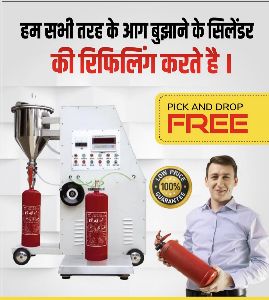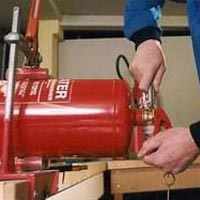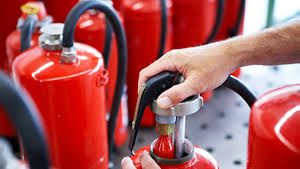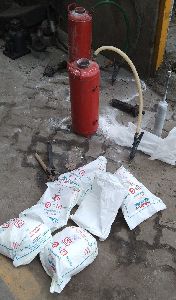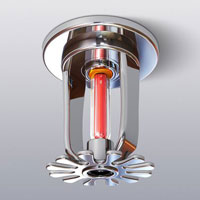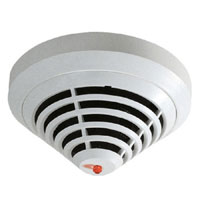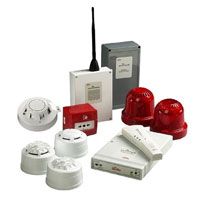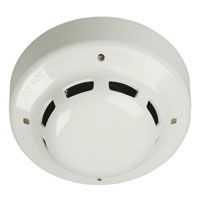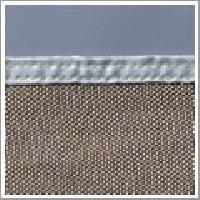Listing ID #4079884
Company Information
Ask for more detail from the seller
Contact SupplierFire incidents are one of the largest catastrophes, which need to be prevented. No safeguards are good enough in case the detection mechanism and instant remedial measures are not ensured. Hence, fire would be treated at two different planes: Installation of efficient Fire Alarm systems to detect the incident of fire or any other miss-happening at early stages. Installation of efficient fire fighting equipments/fixtures in the premises to curb any sort of fire in building. Installation of sufficient number of fire extinguishers to extinguish any sort of Fire. For proper and efficient use of fire fighting equipments like fire cylinders, both the security staff and the client’s staff at the premises needs to be properly trained We provide services involving all the above mentioned remedial actions including installation & maintenance of all kinds of Fire Fighting equipments, Fire Alarm Systems & Fire Safety training. Our purpose is to give services pertaining to fire exits, fire suppression systems, fire extinguishers, emergency action plan.
A fire extinguisher, flame extinguisher, or simply an extinguisher, is an active fire protection device used to extinguish or control small fires, often in emergency situations. It is not intended for use on an out-of-control fire, such as one which has reached the ceiling, endangers the user (i.e., no escape route, smoke, explosion hazard, etc.), or otherwise requires the expertise of a fire department. Typically, a fire extinguisher consists of a hand-held cylindrical pressure vessel containing an agent which can be discharged to extinguish a fire.
There are two main types of fire extinguishers: stored pressure and cartridge-operated. In stored pressure units, the expellant is stored in the same chamber as the firefighting agent itself. Depending on the agent used, different propellants are used. With dry chemical extinguishers, nitrogen is typically used; water and foam extinguishers typically use air. Stored pressure fire extinguishers are the most common type. Cartridge-operated extinguishers contain the expellant gas in a separate cartridge that is punctured prior to discharge, exposing the propellant to the extinguishing agent. This type is not as common, used primarily in areas such as industrial facilities, where they receive higher-than-average use. They have the advantage of simple and prompt recharge, allowing an operator to discharge the extinguisher, recharge it, and return to the fire in a reasonable amount of time. Unlike stored pressure types, these extinguishers use compressed carbon dioxide instead of nitrogen, although nitrogen cartridges are used on low temperature (-60 rated) models. Cartridge operated extinguishers are available in dry chemical and dry powder types in the U.S. and in water, wetting agent, foam, dry chemical (classes ABC and B.C.), and dry powder (class D) types in the rest of the world.
We recognize five fire classes:
Installation : Fire extinguishers are typically fitted in buildings at an easily-accessible location, such as against a wall in a high-traffic area. They are also often fitted to motor vehicles, watercraft, and aircraft – this is required by law in many jurisdictions, for identified classes of vehicles. Under NFPA all commercial vehicles must carry at least one fire extinguisher, with size/UL rating depending on type of vehicle and cargo (i.e. fuel tankers typically must have a 9 Ltr or Kg, while most others can carry a 2 or 1 kg. The revised NFPA created criteria on the placement of “Fast Flow Extinguishers” in locations such as those storing and transporting pressurized flammable liquids and pressurized flammable gas or areas with possibility of three dimensional class B hazards are required to have “fast flow” extinguishers as required by NFPA. Our Company provides the services for the supply & installation of the fire extinguishers as NFPA and National Building Code 2005.
Maintenance : Fire extinguisher requires regular maintenance by a competent person to operate safely and effectively, as part of fire safety legislation. Lack of maintenance can lead to an extinguisher not discharging when required, or rupturing when pressurized. Deaths have occurred, even in recent times, from corroded extinguishers exploding.
Three types of maintenance are required:
Refilling of Fire Extinguisher : Our Company is also engaged in refilling of Fire Extinguishers. After basic inspection, if any fire extinguisher observed to be in a condition in which it requires immediate refilling or recharging then our highly expertise team provide services in refilling of Fire extinguishers. We also have a facility to get the hydraulic testing along with the refilling of fire extinguishers.
We use the following to refill the exhausted fire extinguishers :


